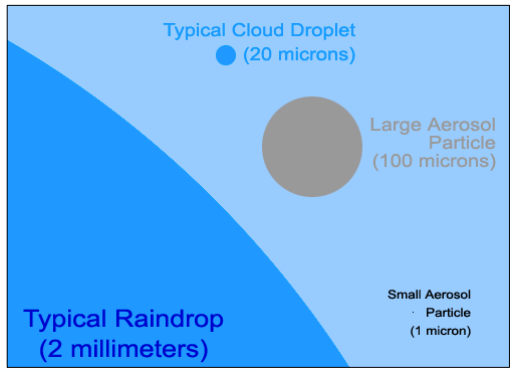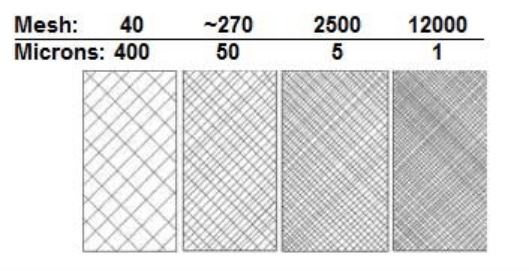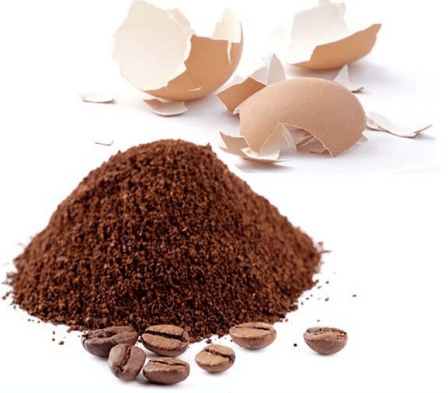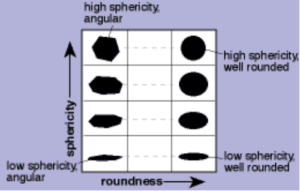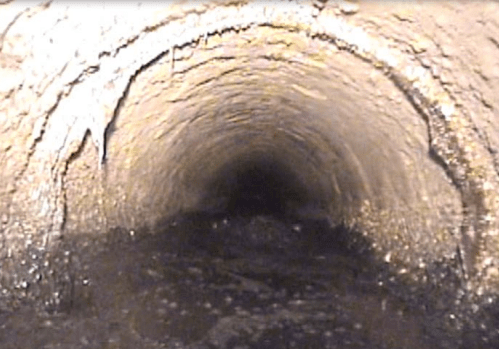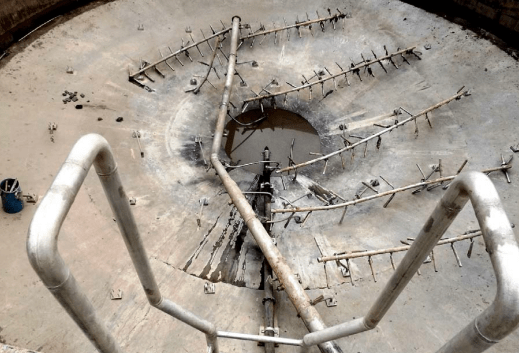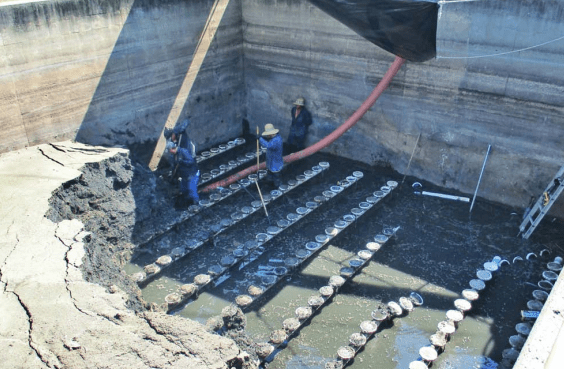What is Wastewater Grit?
Operators of wastewater treatment plants face a daily battle with a substance known as grit. Grit makes its way into the wastewater from a variety of places, ranging from homeowner toilet flushes, to wind-blown sands and dirt slipping through pipes, to rainwater run-off over concrete and soil. It’s a battle for the plant operators because grit clogs their systems, reduces plant output and inherently costs them time and money. This is the first post in a three-part series on grit. SPI is routinely asked to answer questions on grit and offer advice on how to deal with it, so we would like to share our knowledge here.
What is grit?
Wastewater grit is inert material, both organic and inorganic, that is not benefited by secondary treatment or sludge processing. Grit is a concern for wastewater treatment plant operators because it can reduce the effectiveness of their plants and cause wear-and-tear on equipment. Grit builds up in equipment channels and chambers and erodes equipment, which in turn slows down the plant’s performance and increases maintenance expenses.
The geographical location of your plant will influence what type of grit finds its way into your system. In some areas, medium and coarse sediments are abundant and lead to medium or coarse grit buildup.
How small is grit?
The majority of grit particles are considered to be fine to very fine, ranging in size from 75-150 microns. If you’re wondering how big that is, consider that the typical raindrop is 2000 microns in diameter, a piece of human hair is about 100 microns in diameter and a grain of table salt is about 70 microns in diameter.
The smaller the grit diameter, the harder it is to remove. Fine grit weighs less and does not settle as easily as bigger particles. Additionally, fine grit is more likely to have organic matter attached to it, such as soaps, fats, oils and grease, which expands the surface area and causes it to clump together, thus requiring grit washing to improve the settling rate.
Grit has a higher specific gravity (2.65) than treatable organic solids. The specific gravity of a material is the ratio of a certain volume of material to the volume of the same amount of water. If water has a specific gravity value of 1, grit is 2.65x heavier than water and will thus settle.
What are some examples of grit?
Grit can be either organic or inorganic. Examples of organic grit include a lot of things from the kitchen: eggshells, seeds, bone chips and coffee grounds. Examples of inorganic grit include substances such as sand, gravel, cinders, asphalt or concrete.
Grit particles come in a variety of shapes. A common mistaken assumption is that all grit particles are perfect spheres, but in reality they can be spherical, flat, or angular.
Where does grit come from?
The two main sources of grit stem from the collection system and from within the plant itself. The collection system is the start of the grit infiltration including when homeowners flush materials with their wastewater. Grit also accumulates from within the plant itself due to wind blown sand and dirt seeping through damaged piping. Severe rain events can cause an influx of stormwater and grit migration into the system which ultimately enter the wastewater plant.
How does grit affect my plant?
Grit is a problem in the process stream of a wastewater treatment plant because it raises operating costs, increases energy demand and reduces the plant’s capacity. When grit starts eroding mechanical equipment or clogging systems, processes have to be slowed, or halted, to fix the equipment which leads to a burden on time and money.
If grit is left to flow with the wastewater through the system, plant owners can expect grit to cause a myriad of problems:
- Erosion of pipes
- Worn out pumps and valves
- Blocked filters
- Clogged basins and diffusers
- Disrupted biological processes
- Reduced capacity in the treatment units affecting final effluent quality
So, what to do about grit?
As we mentioned at the beginning, this is the first post in a series about grit. We know that grit can be detrimental for operators of wastewater treatment plants, so we’re eager to share our knowledge and advice on how to identify grit and how to deal with it. Stay tuned for Part 2 and Part 3 of this series, where we discuss grit removal and mitigation…

